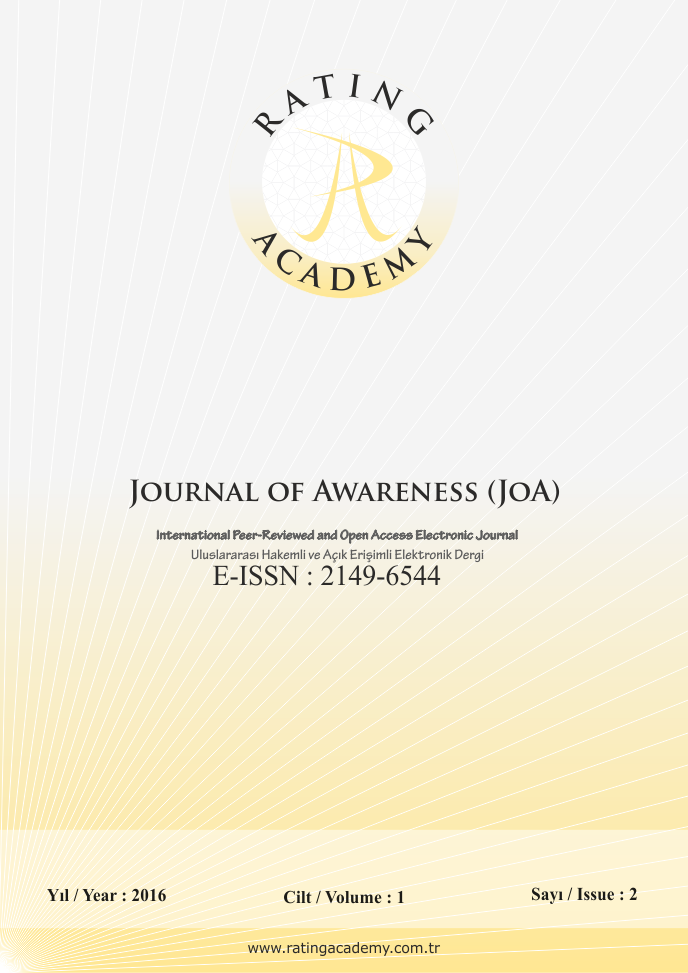Ülkelerin gini katsayisi, göç, suç ve mutluluk değişkenleri açisindan bulanik ve dayanikli kümeleme metotlari ile siniflandirilmasi
Classification of The Countries by Fuzzy and Robust Cluster Methods Based on Gini Coefficient, Migration, Crime and Happiness Factors
Author(s): Selay Giray, Özlem Yorulmaz, Özlem ErgütSubject(s): Economy, Criminal Law, Migration Studies, EU-Approach / EU-Accession / EU-Development
Published by: Rating Academy
Keywords: Gini Coefficient; Fuzzy Clustering; Robust Clustering;
Summary/Abstract: Migration is the movement of people from one place to another in order to settle. The concept of migration is a phenomenon that affects whole people in migrated places in terms of cultural, economic and social aspects. Gini coefficient which is used for measuring the balance in income distribution in a country (region) is a variable which can be related to happiness and crime rates. As an ever-actual phenomenon, crime can differentiate depending on the society (place) and time. There is a consensus that crime is an interdisciplinary and not-static, meaning dynamic, concept. Studies on the concept of crime can be usually grouped as those which examine the convicted, cities and countries, those which introduce data sources and others which use panel data. Happiness is another concept, like crime, which is always actual. This is because everyone wants to be happy. Happiness studies attract the attention of thinkers, artists and behaviourists as well as political scientists, management scientists and economists. In this paper European Union countries and Turkey will be grouped according to migration rates, Gini coefficient, crime rates and happiness variables using multivariate analysis technique (fuzzy clustering and robust clustering). Findings on the structure of the relation will be interpreted in comparison with other findings in the literature.
Journal: Journal of Awareness (JoA)
- Issue Year: 1/2016
- Issue No: 2
- Page Range: 1-16
- Page Count: 16
- Language: Turkish

